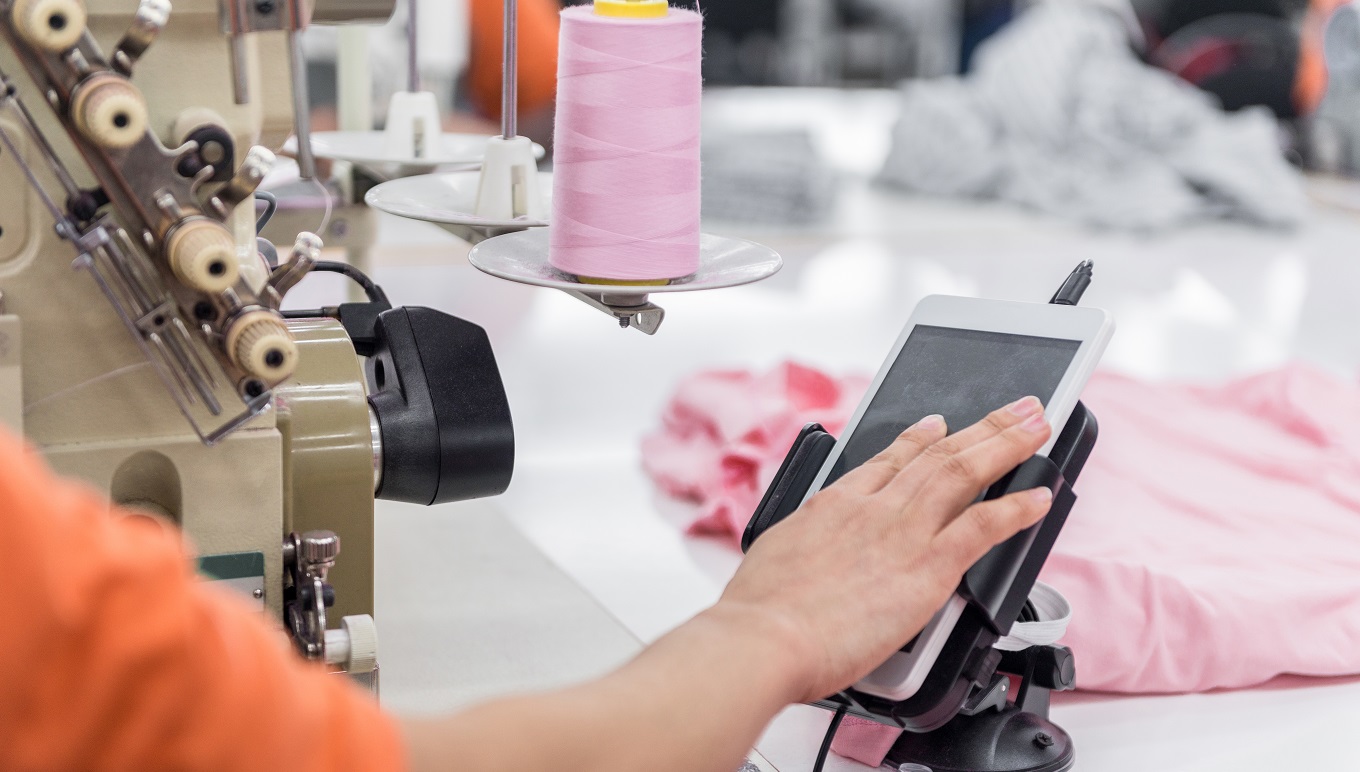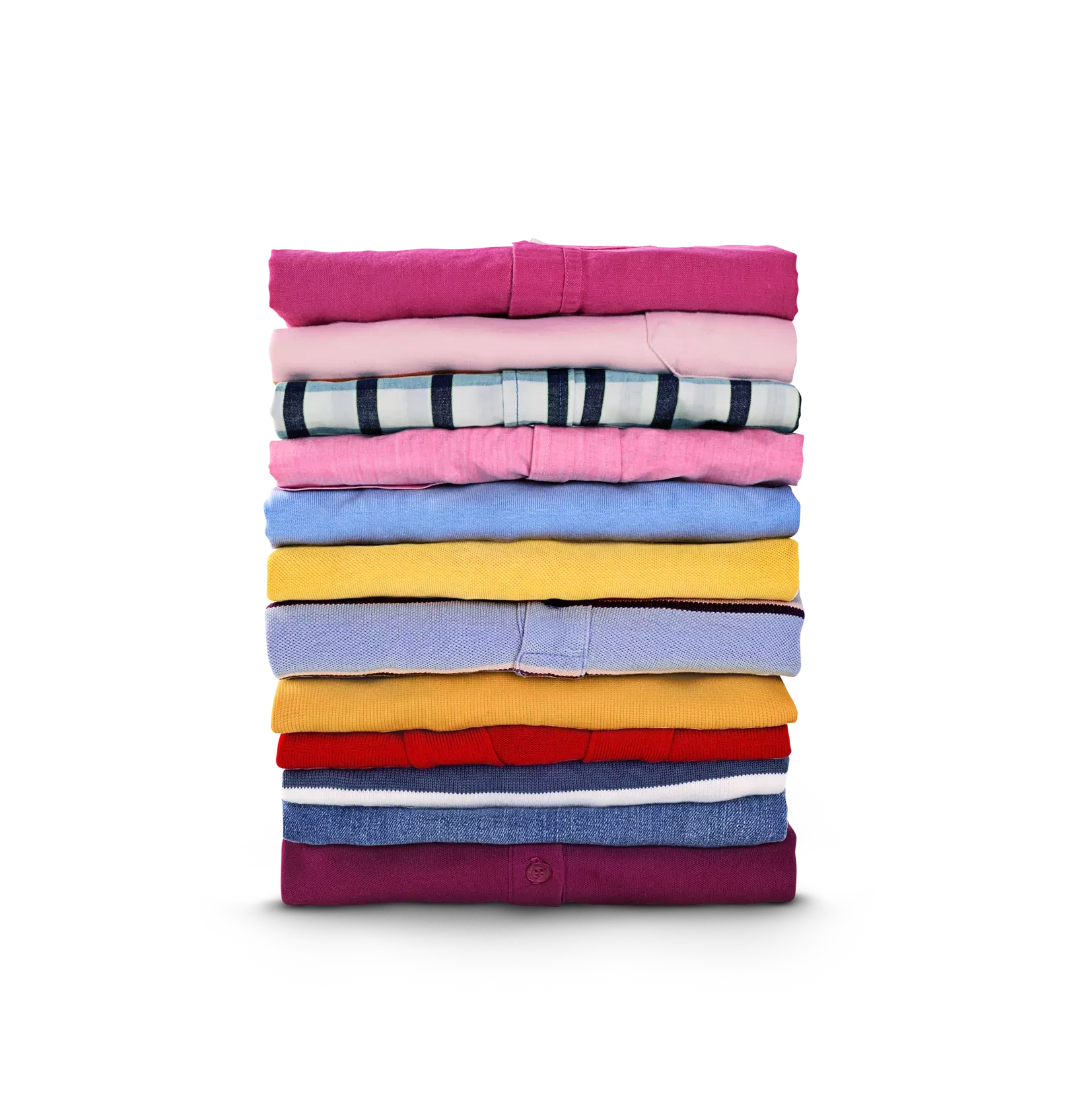Featured in this post
Looks Good on You: Apparel ERP and Sustainable Fashion
Looks Good on You: Apparel ERP and Sustainable Fashion
Jun 2, 2022
 Aptean Staff Writer
Aptean Staff Writer 
The gorgeous clothes you see online and in stores come at a cost, and it’s not just a monetary one. 10% of global environmental emissions come from the fashion industry. In fact, 85% of discarded textiles used globally end up in landfills. Knowing these statistics, it’s imperative that fashion and apparel manufacturers have a sustainability strategy in place. This is not only due to greater customer and stakeholder scrutiny but also to changing regulations regarding ethical, environmentally friendly business practices.
Consumers are demanding products from brands and retailers that are socially and environmentally sustainable, and they want transparency regarding their business practices. In response, your fashion and apparel manufacturing business must implement sustainable procedures from end to end, and to do so, you’ll need the right technology at your disposal. In the article below, we’ll talk about what technology you need and how it can help you boost your sustainable credentials as well as improve your bottom line.
But first, let’s look at a bit of background.
The Impact of Fashion on the Environment
According to the global business consultants the McKinsey Group, the fashion, retail and luxury industry has been one of the fastest-growing segments of the world economy, outperforming even technology and communications. While that’s great for the fashion houses, it hasn’t been so good for the environment.
General consumption of clothing has accelerated in the last few decades, with a noticeable effect on the environment. In fact, clothing manufacturing has doubled in the last twenty years. The average person now buys 60% more items of clothing every year, but only keeps these items about half as long as fifteen years ago.
The fashion industry has received criticism in recent years for the amount of waste it produces. Studies have shown that the fashion industry creates more waste and greenhouse gas emissions than international shipping and flights combined.
Here are some basic statistics:
The time between clothing purchase and disposal has fallen near 40%. In general, this means that people are no longer repairing or mending clothing; rather, they just get rid of it, often before it has outlived its usefulness. Some items marked for disposal have never been worn.
Once apparel is thrown away, 73% will be burned or buried in landfills, even though most textiles are recyclable.
Right now, only about 12% of clothing and textiles will get collected for recycling. Most of this gets shredded and used to stuff mattresses or made into insulation or cleaning cloths.
Less than 1% of what is collected will be used to make new clothing.
All of this is not just harmful to the environment—it hurts the profitability of the whole industry with almost $600 billion annually being lost on clothing that is gently used and not recycled.
There is hope on the horizon. The fashion industry has always been innovative, and more and more designers and manufacturers are creating clothing brands that prioritize and promote sustainability. Moreover, many companies are recognizing that technology is the key to driving sustainability throughout the industry, from sourcing to creation to the retail racks.
In this blog, we’ll explore how apparel industry leaders are changing the reputation of the industry. We’ll also show you how technology can not only boost your sustainability efforts, but can save you money, to boot.
“Design is not just about product. Design is about responsibility.”
Industry Sustainability Leaders
Sustainable fashion has changed from a niche segment of the industry into one of the fastest-growing categories. There are hundreds of sustainable fashion brands out there. Some are recycling textiles and creating new and unique clothing out of them, like Toad & Co., that uses recycled fibers or sustainably-sourced fibers to create stylish casual wear. UK-based Fanfare offers its clients “circular collections” in which it upcycles, recycles and recreates new pieces out of discarded apparel. This not only supports the environment, but offers clients completely unique pieces, as no two items will look the same once it’s remade.
Forward-thinking textile manufacturers are creating fabrics out of non-traditional, sustainable sources. Here are a few examples:
Bamboo linen, sometimes called bast fiber, is a fast-growing, regenerative crop that creates a soft, absorbent, moisture-resistant fabric that can be used for everything from bedding to lounge wear.
Piñatex®, a relative newcomer to the market, uses pineapple leaf fiber to create a sturdy, stylish “leather” that could replace plastic-based vegan leathers and animal-based leather products.
Linen has been used to create sturdy fabrics for millennia; however, it is also one of the most sustainable fabrics out there. Every part of the plant can be used, including the seeds, and it can grow without fertilizer and in waste areas where other plants don’t grow.
Modal is a super-soft fabric made from wood pulp that is traditionally used for undergarments and pajamas.
Hemp is an organic, durable fabric, often used to make everything from jeans to jackets. Hemp is also carbon-negative, meaning that it absorbs more carbon from the atmosphere than created by harvesting and processing it.
Other companies are making new fabrics out of post-consumer waste or using these fabrics to make clothing. Econyl® is a new alternative to virgin nylon. The fabric is made from 100% post-consumer waste, like plastic fishing nets and plastic bottles. Several major brands have started using this fabric to make their clothing, including outdoor outfitting giant Patagonia.
H&M has recently started a drive toward a circular economy, and their new “Conscious Exclusive” line uses recycled fabrics and Econyl. The new line is trendy and covetable—luxury fashion designer Stella McCartney has created the pieces. In addition, brands like Batoko, Girlfriend Collective and Ecoalf all make clothing from recycled plastics. And up-and-coming shoe manufacturer Allbirds has made a line of athletic shoes constructed from recycled merino wool and eucalyptus.
All in all, the industry is making good strides to using more environmentally friendly and sustainable materials, but there’s still a long way to go on this journey. And that’s where technology can light the way.
of all textiles used globally end up in landfills
Technology Transforms the Fashion Industry
Apparel enterprise resource planning (ERP) software, with companion product lifecycle management (PLM) and shopfloor control (SFC) modules, can help fashion and apparel companies drive both value and sustainability throughout the value chain.
Reduces Waste
As we have noted, environmental groups have criticized the fashion industry for the amount of waste produced. Over-purchasing of supplies, underselling products, excess fabric from offcuts and inefficient processes all create waste. This not only hurts your reputation, but it also has a direct impact on your bottom line, as all those resources can be utilized if you have the right technology in place.
With robust material resource planning (MRP) and inventory management tools, an apparel ERP lets producers predict product demand and materials usage requirements with better accuracy. Your ERP will use historical data and trends to align with the current market, ensuring a reduction in discarded materials. In addition, you can use analytics to look at the resources used at every step. For example, do you know how much yardage is used in each style, and how much is left over? Or, if the wrong buttons were ordered, does your design team find a way to use those buttons in another style, or do they just go to a dusty part of your warehouse?
With the right software, you can track every aspect of production from design to shop floor. This lets you stay on top of your production and reduce unused or discarded materials. You have one source of the truth and a 360-degree view of your manufacturing processes. In this manner, you can not only improve the sustainable aspects of your supply chain, but the reduction in waste improves your bottom line.
Improves Visibility and Transparency
Transparency throughout the value chain is imperative for fashion and apparel manufacturers. Today’s consumer is very environmentally conscious, and almost 50% of consumers have stated that they would prefer brands that use sustainable business practices. They want to know where their items have been sourced, how those supplies get to the factory and how they are used once they do. An apparel ERP system gives you that visibility because it allows you to track every component.
Once the supplies arrive, you can see where they are in the production process. The ERP stores all data in one centralized database, making it accessible to everyone. This also helps save you money, because you’ll know about issues in real-time and will be able to address them before your manufacturing team gets behind.
SFC tools keep you in the know. You’ll know which team members are most productive, when machines go down and when they are fixed, and you'll be able to see production as it happens which means that you can keep your retail trading partners abreast of when they can expect their orders.
Once your items hit the stores, you can describe the origins of every piece, which gives your stakeholders and your customers the information they want.
The right technology can provide the tools you need to create systemic change within the fashion and apparel industry and reduce its environmental impact. Consumers are demanding a change in the industry, so altering your processes to reflect sustainable practices is imperative. Apparel ERP software can help apparel and textile manufacturers become more sustainable, but it also improves processes, reduces costs and optimizes the supply chain. Apparel ERP from Aptean does it all—no matter the size of your manufacturing operations.
The apparel industry moves fast. Do you need insights on how to keep up with changing consumer trends in sustainability? Let us help you develop a new business strategy. Contact us to find out how, now.
Ready to Transform Your Apparel Business?
We’ve got the specialized ERP solutions you need to conquer your fashion industry challenges.



